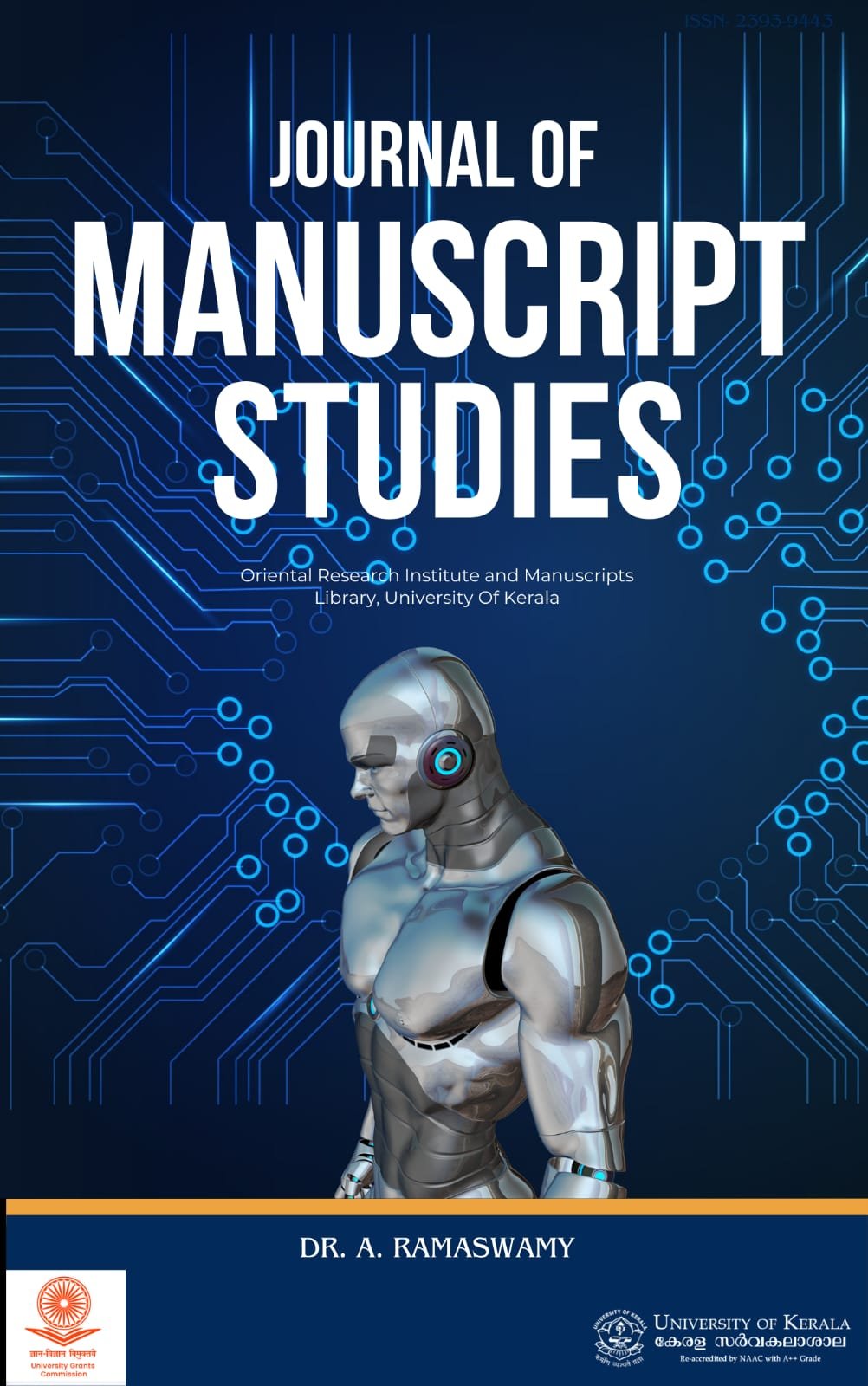Electron spin resonance spectroscopic measurement of antioxidant activity of organic solvent extracts derived from the methanolic extracts of Sri Lankan thebu leaves (Costus speciosus)
Keywords:
Antioxidant activity, Costus speciosus, electron spin resonance, medicinal plants, thebu leavesAbstract
In this study, the antioxidant effects of different
solvent soluble fractions derived from the methanolic extracts
of the Sri Lankan thebu plant (Costus speciosus) leaves
were assessed. For the antioxidant activity of the extracts,2,2-
diphenyl-1-picrylhydrazyl (DPPH), hydroxyl and alkyl radical
scavenging potentiality were measured using electron spin
resonance (ESR) spectroscopy compared to the standard
antioxidant ascorbic acid. Among the extracts, ethyl acetate
fraction (T-EA) indicated the strongest scavenging activity
against hydroxyl and alkyl radicals with the IC50 values 0.046
± 0.002 and 0.055 ± 0.004 mg mL-1
, respectively. The aqueous
fraction (T-WE) indicated the highest DPPH radical scavenging
activity (IC50 value 0.110 ± 0.01 mg mL-1
). The total phenolic
content in thebu extracts was the highest in T-EA fraction with
6.57 %. Moreover, both T-EA and T-WE fractions did not
show any significant cytotoxic effect against vero cells in vitro
assays. These results indicated the profound antioxidant effects
of the Sri Lankan thebu leaf extracts for the first time. Isolation
of antioxidative compounds from T-EA and T-WE fractions
and in vitro antioxidant effects can be considered in further
studies.

Downloads
Published
Issue
Section
License

This work is licensed under a Creative Commons Attribution-NonCommercial-NoDerivatives 4.0 International License.













